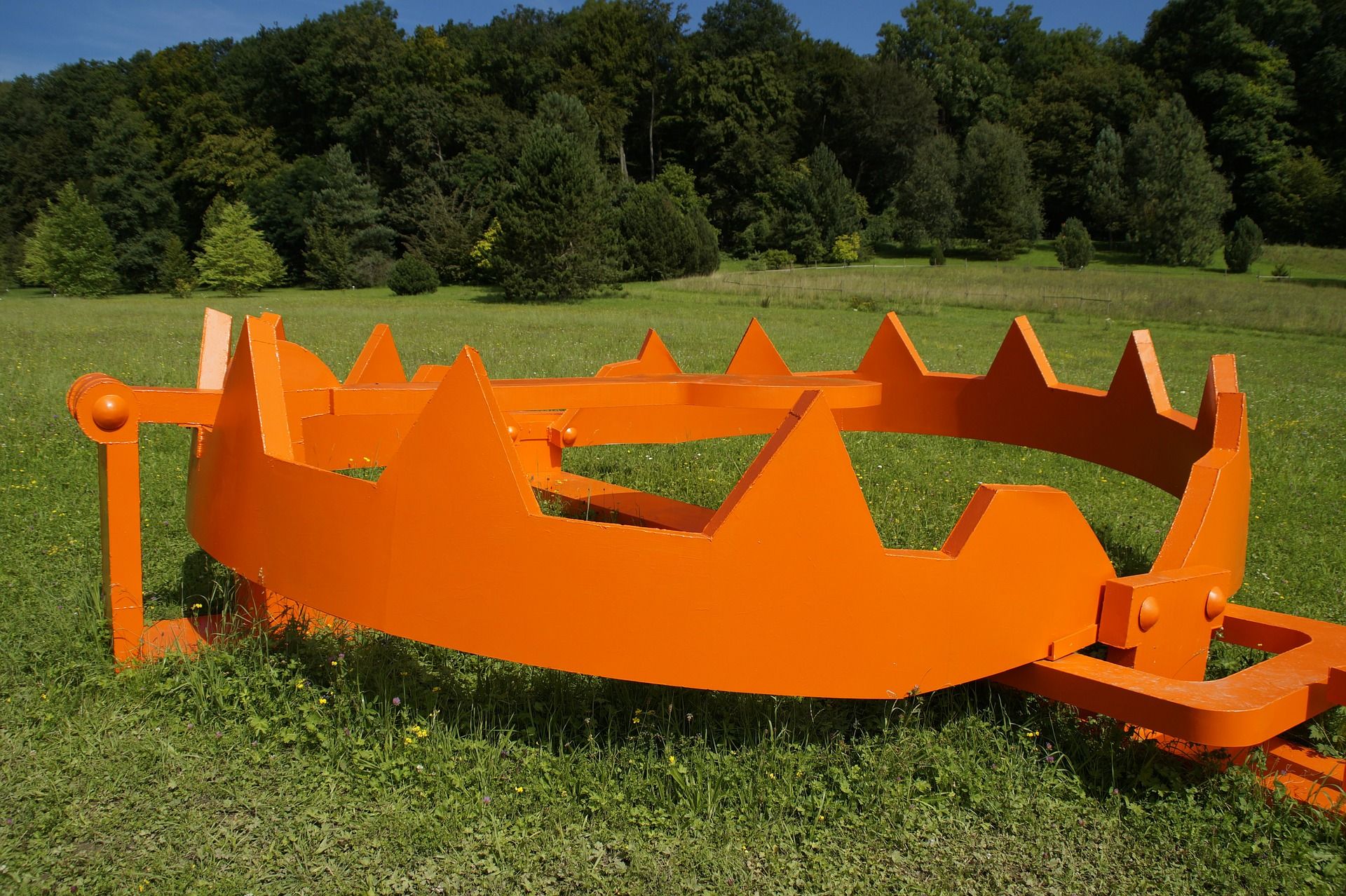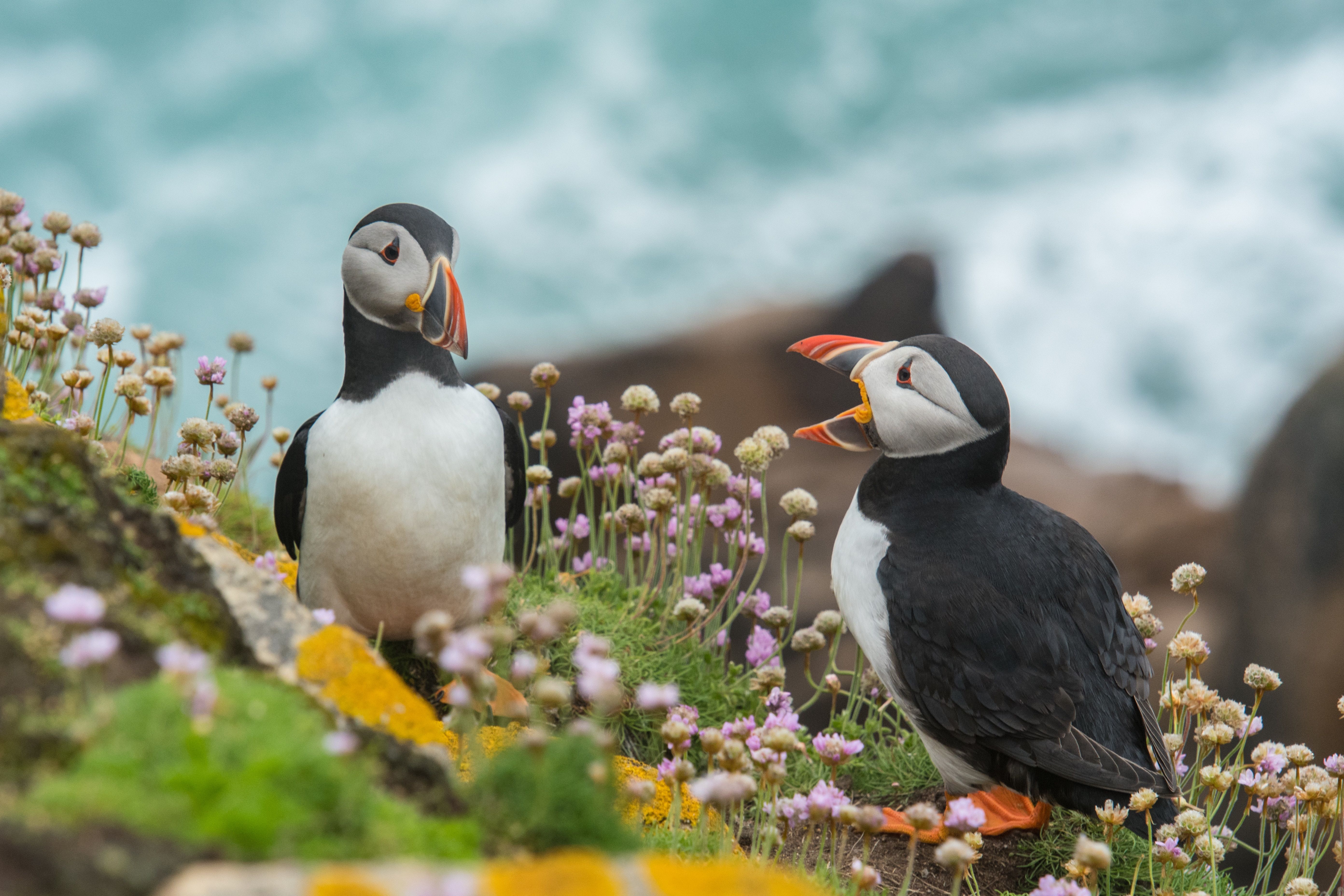Attention Environmental Advocates: Avoid ‘Cute Critters’ and other Communications Traps

This is the second in a series about framing ocean and climate change.
A fuzzy polar bear cub against an expanse of melting snow. A seal pup slicked in oil. A newborn orangutan clutching its mother’s breast as she swings through a disappearing forest.
Environmental organizations often use close-ups of these and other “charismatic megafauna” on the home pages of their websites, the covers of their newsletters and magazines, and in direct-mail fundraising pitches. But do these compelling images actually build public support for efforts to address climate and ocean change, reduce pollution, or protect endangered species? Should environmental experts and advocates tap into the “Bambi Effect”—the idea that people are more sympathetic to “cute” species than they are to “ugly” ones—to advance their cause?
The answer, according to the FrameWorks Institute, a communications think tank in Washington, D.C., is a resounding, “No.”
Using “cute critters” to get people to care about environmental problems may seem like a good idea but it is actually counterproductive, FrameWorks finds. Communications materials that focus on a single animal—no matter how adorable—limit the conversation about environmental problems and solutions. A furry face, a button nose, and big, round eyes don’t communicate the interconnected nature of ecosystems or the process by which human actions affect them. Experts and advocates should resist the temptation to use these creatures to play on people’s emotions and instead communicate how humans rely on ecosystems—and how ecosystems rely on us—to build support for ocean and climate change.
The “Cute Critters” Trap is one of several communications pitfalls that FrameWorks identified in research it conducted in partnership with the National Network for Ocean and Climate Change Interpretation (NNOCCI) and with support from the National Science Foundation.

Environmental experts and advocates often stumble into these traps when communicating about their cause. In addition to limiting conversations, as the Cute Critters Trap does, these traps can cause people to believe that environmental problems are too big to solve, which leaves them feeling hopeless and unmotivated. Or they can cause people think about individual-level solutions rather than the systemic ones we know are needed to make meaningful, lasting change.
How can experts and advocates avoid these traps? How can they communicate in ways that expand the conversation beyond a single endangered animal? How can they give people hope about solutions and motivate them to take action? How can they encourage people to take individual actions but also think about—and take action to support—systemic solutions?
FrameWorks has conducted extensive research into these and other questions about effective environmental communications practices. This report outlines a number of traps communicators should avoid and makes recommendations about what they should do instead to cue more productive thinking.
FrameWorks finds, for example, that experts and advocates should avoid “crisis” framing—talking about environmental problems in catastrophic terms. This frame, to be sure, does attract attention. But not all attention is good attention. Research shows that this frame causes people to conclude that environmental problems are too dire to do anything about, which makes them less likely to support programs and policies designed to address climate and ocean change and other environmental problems. Instead, advocates should use reasonable, explanatory tones and emphasize people’s ability to solve difficult problems with innovation and ingenuity.
Another common trap is what FrameWorks calls “Incidents and Accidents.” In this practice, advocates seize on natural or environmental disasters (like Hurricane Sandy) to communicate about climate change or other problems. These “episodic” events may generate headlines, but they quickly become “yesterday’s news” and reinforce “little-picture” thinking about the environment. Advocates shouldn’t ignore these events, but they should use them to talk about the broad, fundamental principles of climate and ocean change rather than their temporary effects.
Advocates should also watch out for the “Do One Thing” Trap. In this common practice, communicators highlight environmentally friendly changes people can make in their daily lives. But this practice—while seemingly productive—actually takes attention away from the community and regional strategies that experts say are needed to address the root causes of climate change. Instead of talking about recycling materials, driving less, and turning out the lights, advocates should talk about how a bike-sharing program is reducing carbon dioxide emissions, for example, and show how the community came together to enact the program.
Learn more about these and other common communications traps in How to Talk about Climate Change and the Ocean, a MessageMemo produced by the FrameWorks Institute. And click here for more resources about effective environmental communications frames.
More Blog Posts
 Global Climate Action Summit RecapGlobal Climate Action Summit Recap by Allison Arteaga, September 20 2018 One week ago, leaders from around the world gathered in San Francisco for the Global Climate Action Summit. The event celebrated ongoing efforts to curb fossil fuel emissions, while also calling for more ambitious action to meet the targets set forth by the Paris Agreement. [READ MORE]
Global Climate Action Summit RecapGlobal Climate Action Summit Recap by Allison Arteaga, September 20 2018 One week ago, leaders from around the world gathered in San Francisco for the Global Climate Action Summit. The event celebrated ongoing efforts to curb fossil fuel emissions, while also calling for more ambitious action to meet the targets set forth by the Paris Agreement. [READ MORE] The Problem with Solutions & How to Fix ItThe Problem with Solutions & How to Fix It April 05 2017 This is the seventh and final post in a series about framing climate and ocean change. When environmental advocates talk about problems, they sometimes leave out one of the most important parts of the discussion: solutions. This error of omission has significant consequences. When the [READ MORE]
The Problem with Solutions & How to Fix ItThe Problem with Solutions & How to Fix It April 05 2017 This is the seventh and final post in a series about framing climate and ocean change. When environmental advocates talk about problems, they sometimes leave out one of the most important parts of the discussion: solutions. This error of omission has significant consequences. When the [READ MORE] My Community is My Hope #100HopefulDaysMy Community is My Hope #100HopefulDays Sarah-Mae Nelson, MS, CIG/CIT, February 03 2017 Today I turn 37 years old. This seems like an impossible number. In my mind, I am a vibrant 21-year-old eager to make the world a better place. I see opportunities to make a positive difference everywhere. I am young, I am empowered, and I am unstoppable. In [READ MORE]
My Community is My Hope #100HopefulDaysMy Community is My Hope #100HopefulDays Sarah-Mae Nelson, MS, CIG/CIT, February 03 2017 Today I turn 37 years old. This seems like an impossible number. In my mind, I am a vibrant 21-year-old eager to make the world a better place. I see opportunities to make a positive difference everywhere. I am young, I am empowered, and I am unstoppable. In [READ MORE] Lessons from COP23 – The Power Of CommunityLessons from COP23 – The Power Of Community Allison Arteaga, November 21 2017 Last week, the world’s leading voices on climate change gathered in Bonn, Germany for the 23rd Conference of the Parties (COP23) to the United Nations Framework Convention on Climate Change (UNFCCC). Since last year’s conference in Marrakech, the political [READ MORE]
Lessons from COP23 – The Power Of CommunityLessons from COP23 – The Power Of Community Allison Arteaga, November 21 2017 Last week, the world’s leading voices on climate change gathered in Bonn, Germany for the 23rd Conference of the Parties (COP23) to the United Nations Framework Convention on Climate Change (UNFCCC). Since last year’s conference in Marrakech, the political [READ MORE] To Frame Climate Change, Lead with a Researched Value—Not a “Rogue” OneTo Frame Climate Change, Lead with a Researched Value—Not a “Rogue” One January 20 2017 This is the sixth post in a series about framing ocean and climate change. So, you want to motivate the public to take action to address climate and ocean change? One of the most important communications moves you can make is to open with a broad statement [READ MORE]
To Frame Climate Change, Lead with a Researched Value—Not a “Rogue” OneTo Frame Climate Change, Lead with a Researched Value—Not a “Rogue” One January 20 2017 This is the sixth post in a series about framing ocean and climate change. So, you want to motivate the public to take action to address climate and ocean change? One of the most important communications moves you can make is to open with a broad statement [READ MORE]